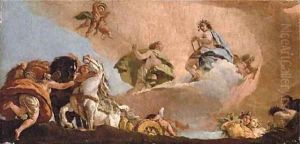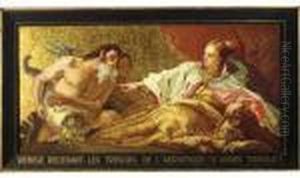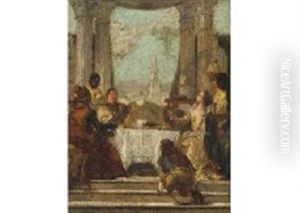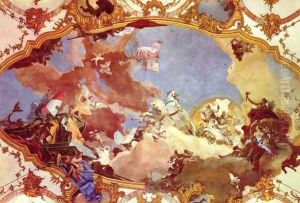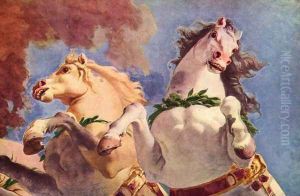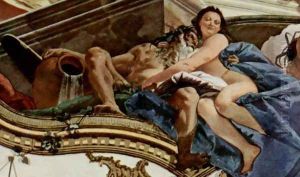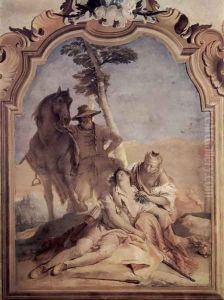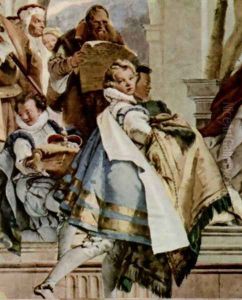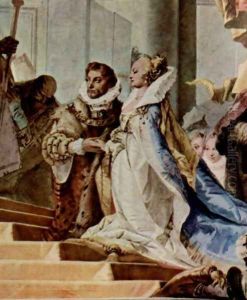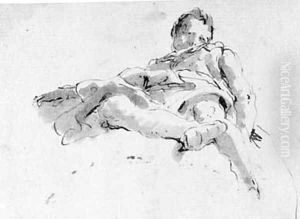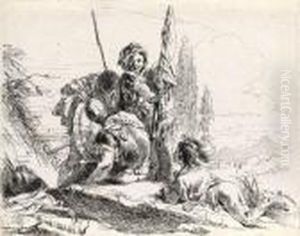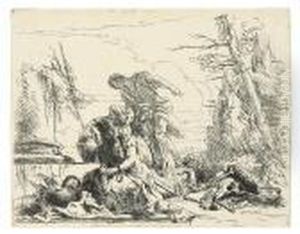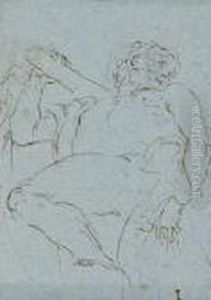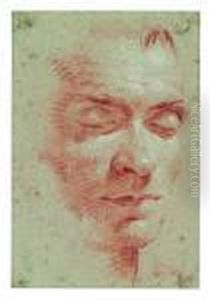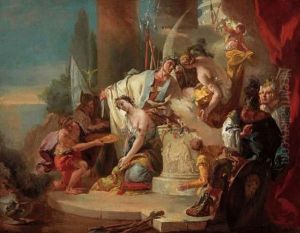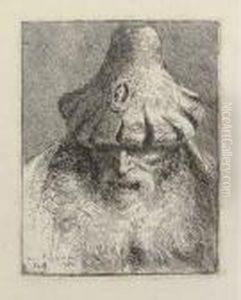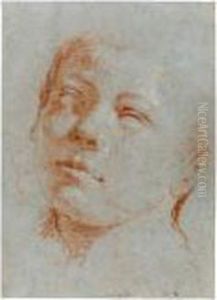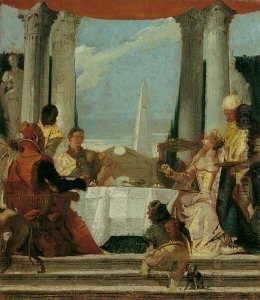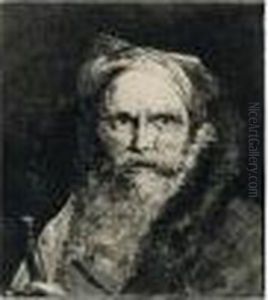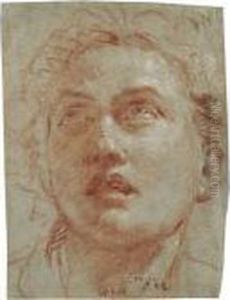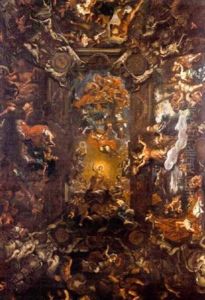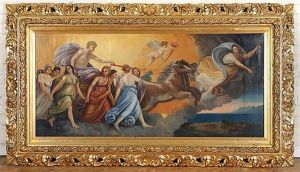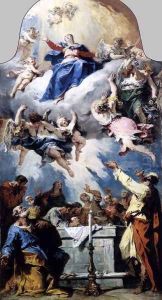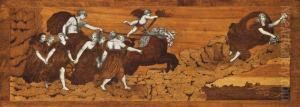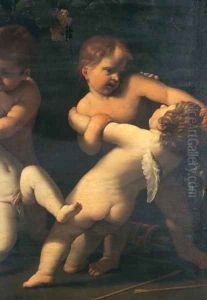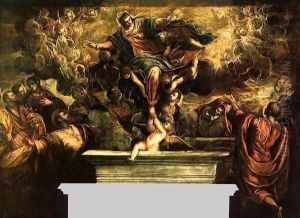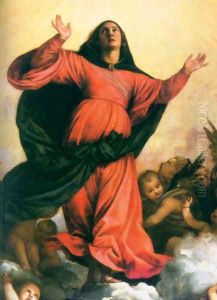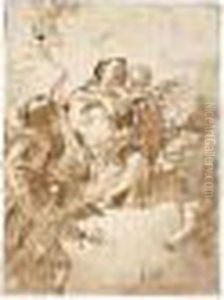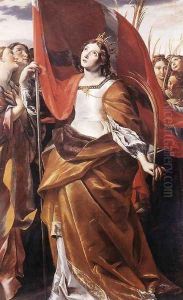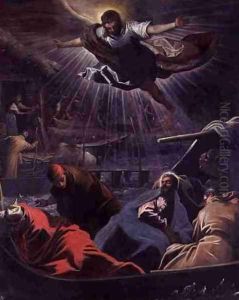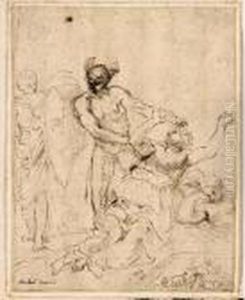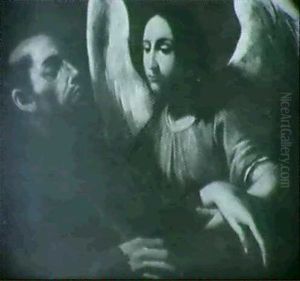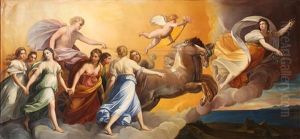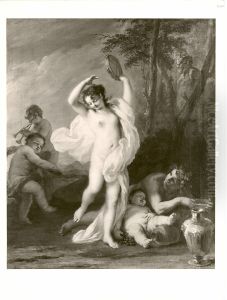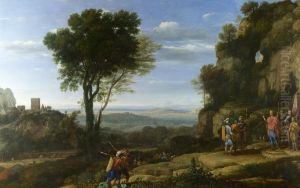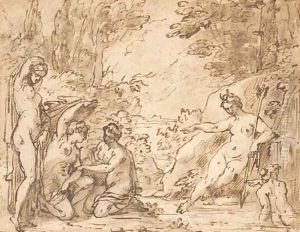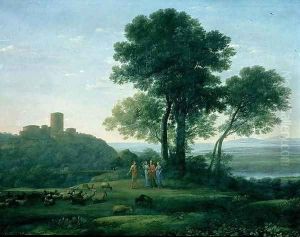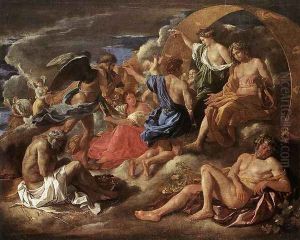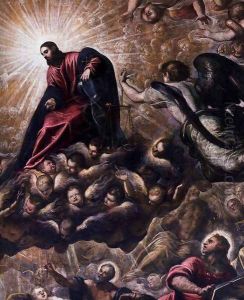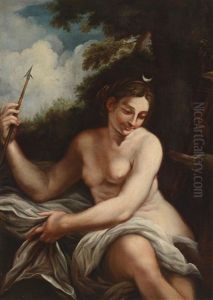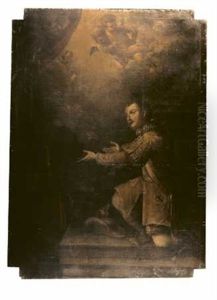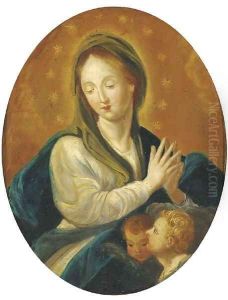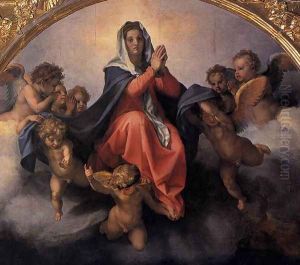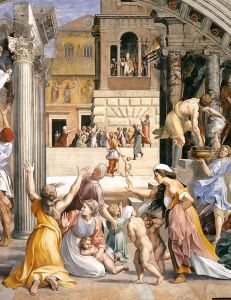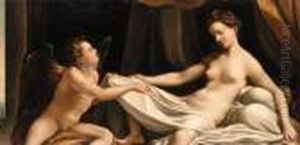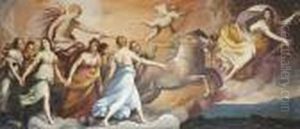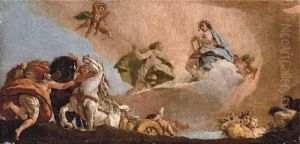





Phaeton Asking To Drive The Chariot Of Apollo
-
About Reproduction
Bring the timeless beauty of Giovanni Battista Tiepolo's Phaeton Asking To Drive The Chariot Of Apollo into your home with a handmade oil painting reproduction. Carefully recreated on canvas by skilled artists using traditional techniques, this piece captures the delicate brushwork, subtle light, and vibrant color of the original masterpiece. With museum-level quality and rich texture, it brings elegance and artistic depth to any space. Enjoy free shipping and make this masterpiece a part of your personal collection.
-
Original Description
In Giovanni Battista Tiepolo's Phaeton Asking to Drive the Chariot of Apollo, the Venetian master’s luminous brushwork bathes the tragic myth in theatrical grandeur. The painting captures the pivotal moment when Phaeton, bathed in golden light, pleads with Apollo for control of the sun chariot—a decision that will later spell his doom. Tiepolo’s composition soars with Baroque dynamism: billowing drapery, Apollo’s outstretched arm echoing classical contrapposto, and cherubs tumbling through weightless clouds. Rendered in his signature sprezzatura style, the work blends Rococo elegance with mythological gravitas, its ethereal palette of cerulean and ochre embodying 18th-century Venetian decadence. As one of Tiepolo’s lesser-known oil sketches (typically 50x40cm), it reveals his virtuosic preparatory process for larger frescoes, cementing his legacy as Europe’s last great fresco painter bridging Renaissance ideals and impending Romanticism.
For contemporary interiors, this masterpiece’s celestial drama suits a high-ceilinged study or executive office, where its gold-tinged mythology harmonizes with neoclassical moldings or mid-century walnut furnishings. Opt for a gilded Rococo frame to amplify Tiepolo’s sumptuous tones, or float it in a minimalist shadowbox for modernist contrast. The painting’s verticality (common in Tiepolo’s sketches) pairs well with flanking sconces or slender console tables. Echo its peacock-blue skies through Velvet upholstery or Murano glass accents, while warm metallic finishes mirror Apollo’s radiance. In compact spaces, a high-quality reproduction scaled to 24x20 inches maintains impact without overwhelming—perfect above a Chesterfield sofa or as part of a Old Master salon hang. Avoid competing with bold patterns; let Tiepolo’s narrative take center stage against neutral walls in Farrow & Ball’s Skimming Stone or Pale Powder.
-
Lead Time & Shipping
When you order this oil painting replica, it typically takes 2-3 weeks to paint. If the artwork is more complex, it might need a little more time to ensure the best quality. Once it's ready, we'll send you a photo for your approval. After you give the green light, we'll ship it to you for free.
-
Return & Refund
We believe in the quality of our hand-painted oil painting reproductions, and your satisfaction is our priority. If for any reason, you are not completely satisfied with your purchase, we offer a 45-day return policy. You can return your artwork within 45 days of receipt and receive a full refund. Please note that the artwork must be returned in the original packaging and in the same condition as it was received.





















